I’ve attended to the free online course Intro to the Design of Everyday Things on the @udacity platform. Here are some notes:
Lesson 1: Affordance and signifier
Affordance: the relationship between an object and a person. It enables an interaction between the person and the object.
Signifiers are communication devices. They tell people what to do and where to do it.
People usually looks for some signs of what is happening, what alternative actions there are, clues, any sign that might help them to understand. These signs are called signifiers.
Other example: symbols of ‘Play’ and ‘Pause’ with a video player.
Some ‘specific’ signifiers:
- Invisible signifiers: a single click on a video makes play or pause; a double-click brings full-screen.
- Missing signifiers: a long press on car door to close open window and rooftop. Who knows that? This is described in the car manual, but nobody reads it.
Quiz
Solution
See quiz solution
Lesson 2: Conceptual Model and System Image
Conceptual Model: an explanation, usually highly simplified, of how something works. Sometimes, conceptual models are inferred from a product itself, sometimes they are learned over a course of time. In other situations, they are passed down from person to person. They are really good at helping people predict, how something will work, and what to do in case something goes wrong.
System Image: Information conveyed by a product.
Lesson 3: Gulf of execution and gulf of evaluation
Gulf of execution = Discoverability
Gulf of evaluation = Feedback
Seven Questions To Cross The Gulfs
Goal Question:
- What do I want to accomplish?
The Gulf of Execution is about discovery, so when crossing this gulf, users ask:
- What are my alternatives?
- What can I do now?
- How do I do it?
The Gulf of Evaluation is about feedback, so when crossing this gulf, users ask:
- What happened?
- What does it mean?
- Is this OK? Have I accomplished my goal?
None of these questions applies to the World — the questions are about the product and the person’s goals for the product.
Bad design
Microsoft Word:
- How many clicks to save the current document with a specific name? The ‘Save As‘ command was easier to perform on previous Word versions…
- When displaying the ‘Preview’ mode: how to exit from it and get back to the ‘normal view’?
Microsoft Outlook Calendar: when creating a meeting with other people, how to specify the meeting subject and location?
Conclusion
Empathy: the ability to understand and share the feelings of another.
As a designer, we have to make users understanding and using our product.
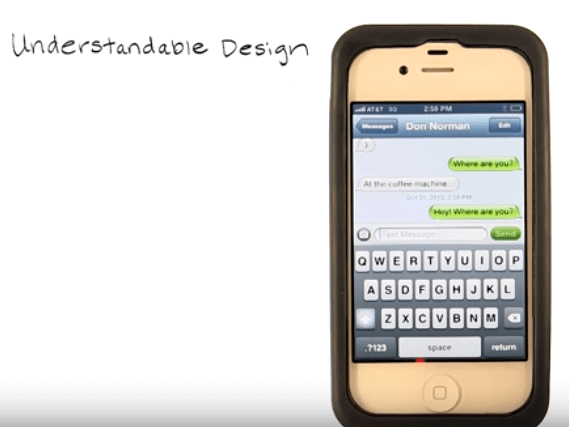

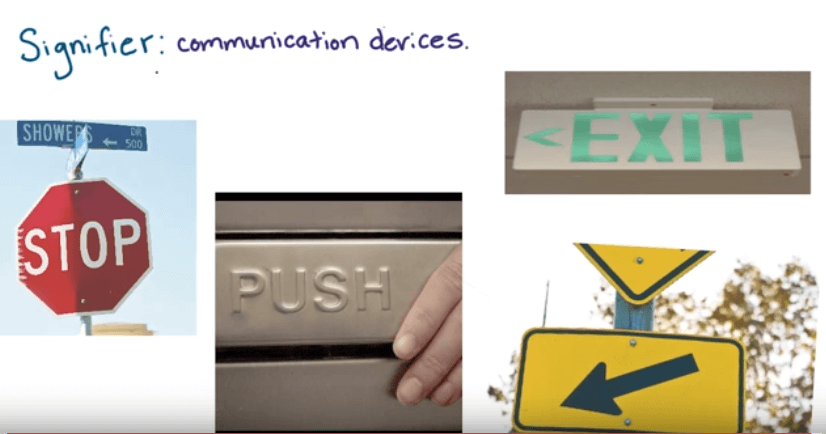
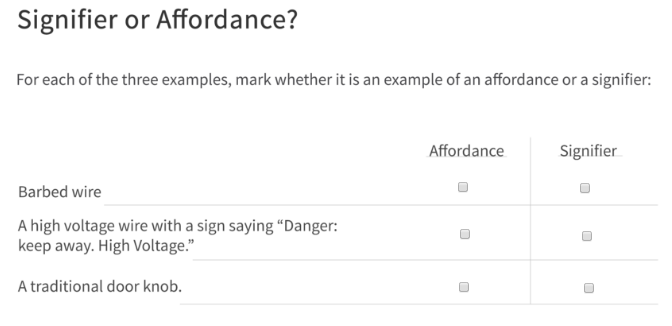
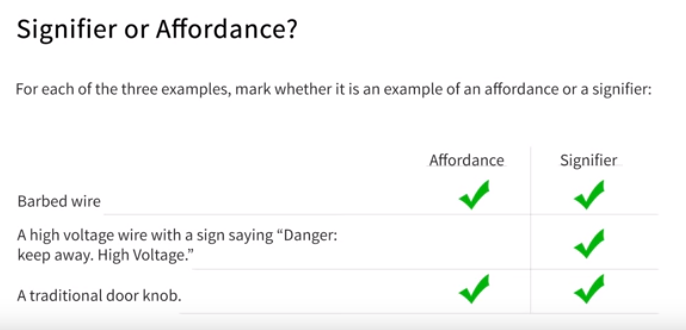
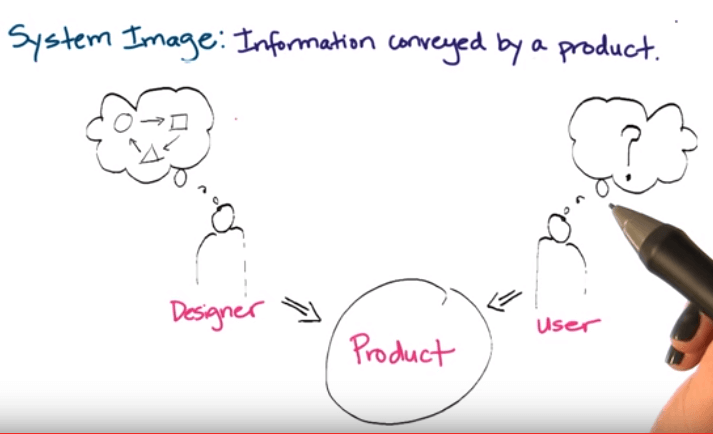
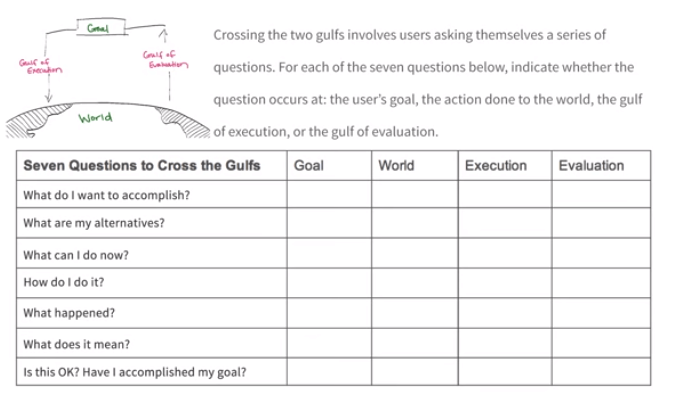


One thought on “Notes about the online course ‘Intro to the design of everyday things’”